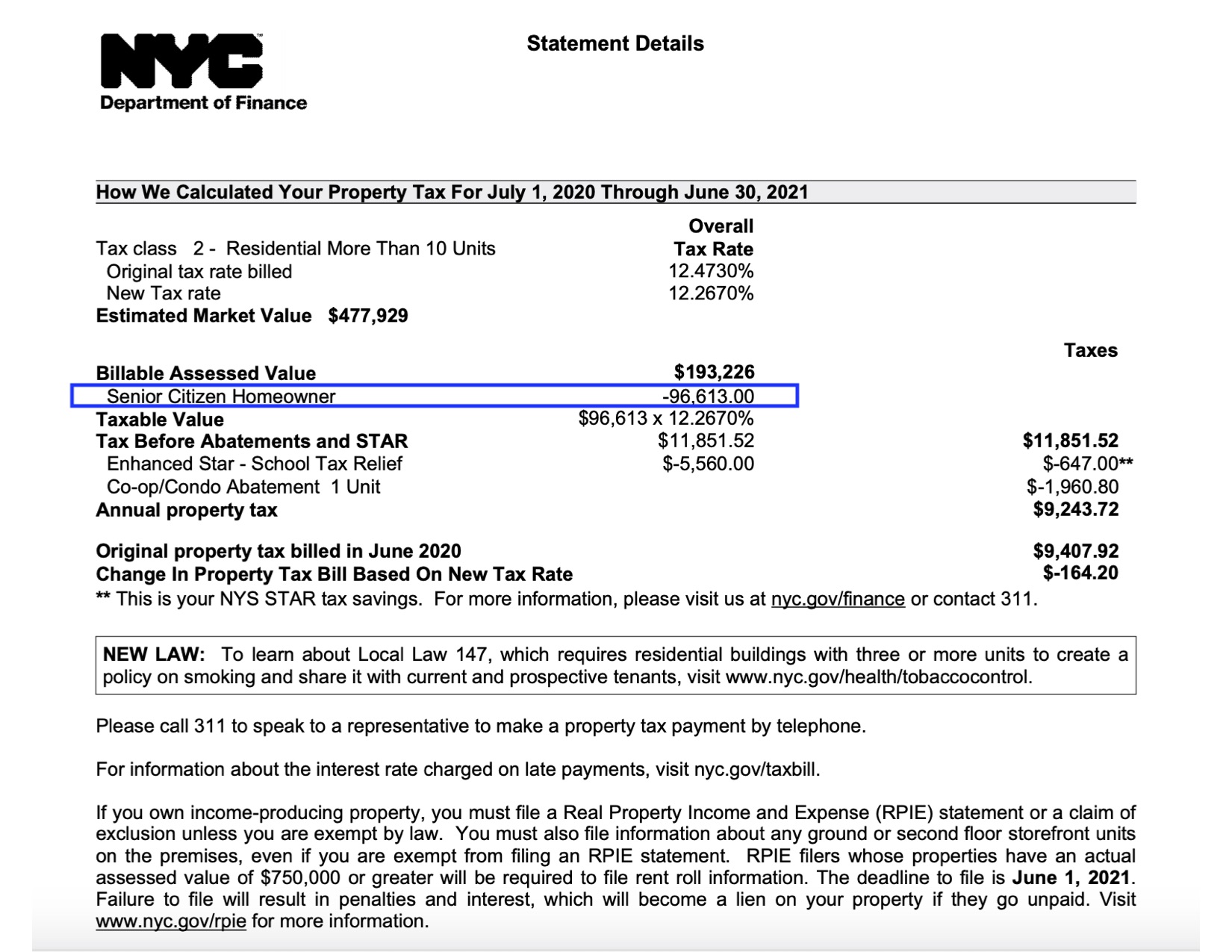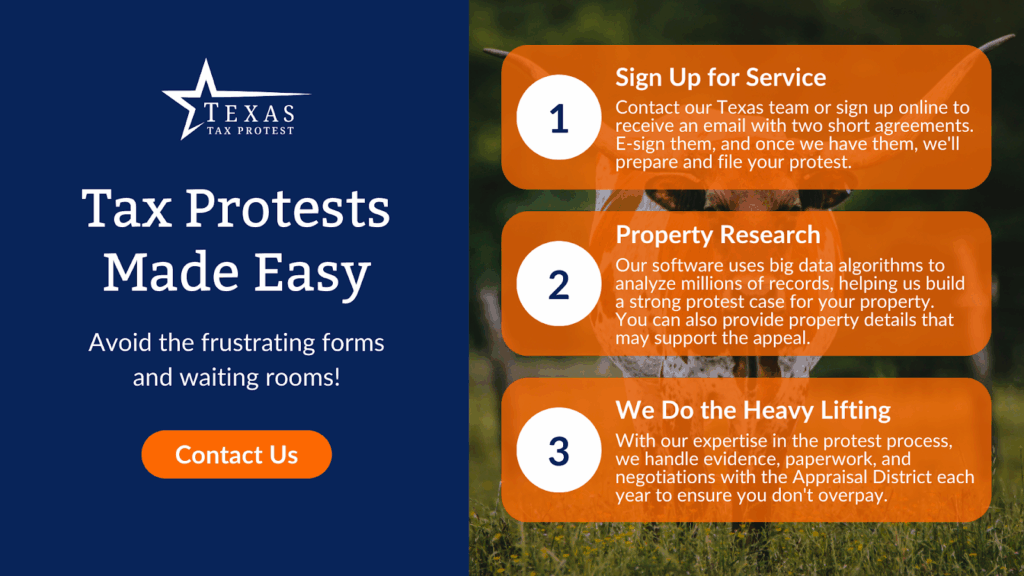📋 Understanding Property Tax Relief for Homeowners
Property tax relief programs are designed to offer support to eligible homeowners by reducing the taxable value of their property or deferring payments. In 2025, many states have updated their approaches to address increasing property values and economic pressures. For instance, exemptions might apply to a portion of your home’s assessed value, while deferrals allow you to delay payments until a later date, such as when the property is sold.
Key benefits include:
- Potential Savings: Programs may reduce your tax liability based on typical user experiences.
- Eligibility Focus: Often for seniors (65+), disabled persons, or those meeting income thresholds.
- Application Process: Most require annual forms submitted to local or state tax offices.
Remember, these are not guarantees—factors like your state’s policies and personal circumstances play a role. Based on resources from authoritative sites, many homeowners report positive outcomes when applying correctly.

Property tax relief for income-qualified homeowners – Local …
🚫 Common Pitfall to Avoid: Don’t assume automatic approval; always verify with official sources to prevent misleading expectations.
✅ Best Practice: Start by checking your state’s tax commission website for the latest forms.
🏠 New Forms and Application Tips in 2025
In 2025, several states have introduced or updated property tax relief forms to streamline applications. For example:
- Washington State: Use Form 63-0001 for property tax exemptions on real and personal property. Applications are for primary residences only, and eligibility includes seniors or disabled individuals.
- Idaho: The Property Tax Reduction program requires applications between January 1 and April 15 for the following year’s taxes. Forms are available on the Idaho State Tax Commission site.
- Federal Guidance: IRS Publication 530 provides details on deducting property taxes on your federal return, which can complement state relief.
To apply:
- Gather proof of residency, income, and age/disability if applicable.
- Submit forms by deadlines—missing them could mean no relief for that year.
- Explore online portals for easier submission.
Disclaimers: Results may vary, and approvals are based on individual qualifications. Consult a tax professional for personalized advice.


🌎 State-Level Reduction Programs Overview
States across the US offer varied programs for property tax reductions. Here’s a summary in a simple table (limited to 3 columns for easy viewing):
| State | Program Name | Key Details |
|---|---|---|
| Washington | Property Tax Exemption/Deferral | For seniors/disabled; apply via DOR form; primary residence only. Terms apply. |
| Idaho | Property Tax Reduction | Income-based; apply Jan-Apr; potential reduction on home value up to certain limits. |
| New York | Senior Citizens’ Exemption (SCHE) | Reduces assessed value for eligible seniors; local variations. |
| Texas | Homestead Exemption | General reduction for primary homes; additional for seniors/disabled. |
| California | Homeowner’s Exemption | $7,000 reduction on assessed value; apply with county assessor. |
For a visual overview, check this map showing states with active property tax relief efforts in 2025.


Note: This is not exhaustive—eligibility and benefits can change. Many states like King County in Washington offer combined exemptions and deferrals.
💰 Potential Benefits and Next Steps
Homeowners who qualify for these programs often report significant improvements in managing expenses. For families, this can mean more financial flexibility.
:max_bytes(150000):strip_icc()/standret-fa3c873c57114fd6835e4903d0c4a598.jpg)
To get started:
- View options on official sites.
- Explore at your own pace.
- Terms and conditions apply; results based on typical experiences.
🔗 Helpful Resources
For more details, visit these authoritative links: